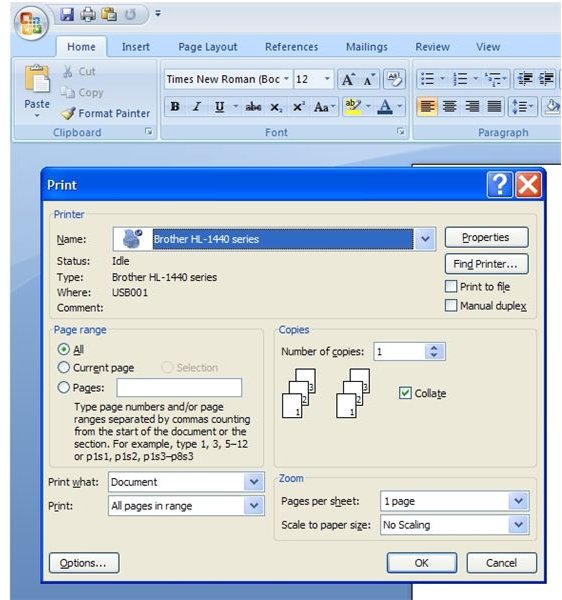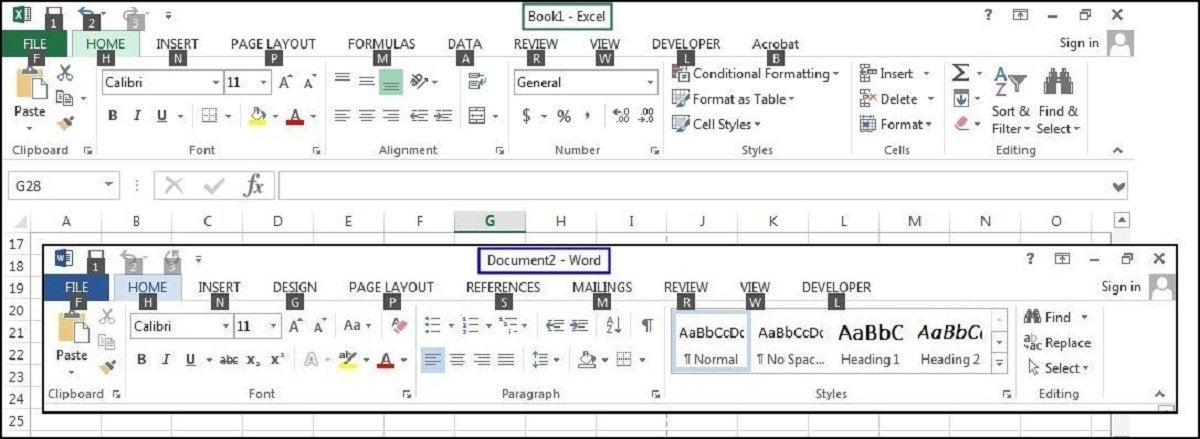
Within the "Save as" window choose "Word Macro-Enabled Document" in the Save as type drop down list. Note: Now save your document with the macro to retrieve your document with the macro later.Ĭlick on the "File" tab and choose "Save as". To view existing hotkeys in your operating system, check the main Help menu (hotkey F1 will get you there). In Microsoft® Word, for example, the macro program is available through Tools > Macro > Record New Macro. Now you can execute the recorded macro by using the shortcut key or use "Run" in the macros drop down list. Pressing the hotkey from that point forward will activate the sequence, automating the function. Note : you can also "pause" the macro and later resume. For example:Īfter writing the text you need to "Stop recording Macros" for this go to the "View" Tab and choose "Stop recording" within the Macros group.

Now write the text that you need to repeat. Write the Proper name of the macro within the Macro Name text box and click on the "Keyboard" button to add a Shortcut key for the macro (use this shortcut key later to run the macro).Įnter the combination of keys of the shortcut, like Alt + Ctrl + O and then click on the "Assign" button.

Now click on the "Macros drop down list " and choose "Record Macro". Open you Word document and click on the "View Tab". To implement a macro use the following procedure. To use this feature you just need to record a macro to do your repetitive work in Word 2013 and use it over and over in the future. By adding extra shortcuts to the context menus, you can then remove them from the desktop, Start menu and taskbar.When you write a long document in a Word 2013, it is possible that you must repeat the same text over and over again, and this process (writing the same text) can consume a lot of time, so Microsoft Word provides the feature to relieve you from doing that and save time.
#How to program hot keys in word software
So with those software packages and the Registry Editor edits outlined above, you can now add more shortcuts and options to Windows 10’s context menus. Write the Proper name of the macro within the Macro Name text box and click on the 'Keyboard' button to add a Shortcut key for the macro (use this shortcut key later to run the macro). Now click on the 'Macros drop down list ' and choose 'Record Macro'. Click a shortcut there and press Delete to remove it from the context menu. Open you Word document and click on the 'View Tab'. Step 3 Now the ' Word Options' window will be opened where we select the 'Customize Ribbon' button. Step 2 Choose 'Option' from the backstage view. Step 1 First of all open a Word document and click on the 'File' tab. Select that tab to open a list of context menu items you can delete as below. To customize the shortcut key in Word 2013 use the following procedure. Your desktop context menu will include the website shortcut.Ĭontext Menu Editor also has a handy Remove tab. This second key is specific to each menu and is usually indicated by an underlined letter in the menu name. A hotkey consists of the Alt key combined with another key (usually a letter). Then input a title in the Text box and press the Set button. Hotkeys are combinations of keys that when pressed at the same time let you quickly access/open menus using only your keyboard. Enter the Uniform Resource Locator for it in the URL text box. It will include the software package you selected to add with Context Menu Editor.īelow that you can also add a site hyperlink to context menu. Select your keyboard from the product drop-down menu at the top left. Click the My Keyboard tab at the top of the SetPoint Settings window. Start > Programs > Logitech > Mouse and Keyboard > Mouse and Keyboard Settings.

Click the Set button to confirm selection, and then open the desktop’s context menu. To program a hot key: Launch the Logitech SetPoint mouse and keyboard software. Where can I set the Alt key to once again bring up the hot keys in Word, Excel and PowerPoint 2007 Also, some keyboard shortcuts using the Alt key no longer work. To add a program, press the Browse button beside the Path text box to select it. When I touch the Alt key in any Office 2007 application, the Start menu appears. Add software and website shortcuts to the desktop context menu from the App tab.


 0 kommentar(er)
0 kommentar(er)
